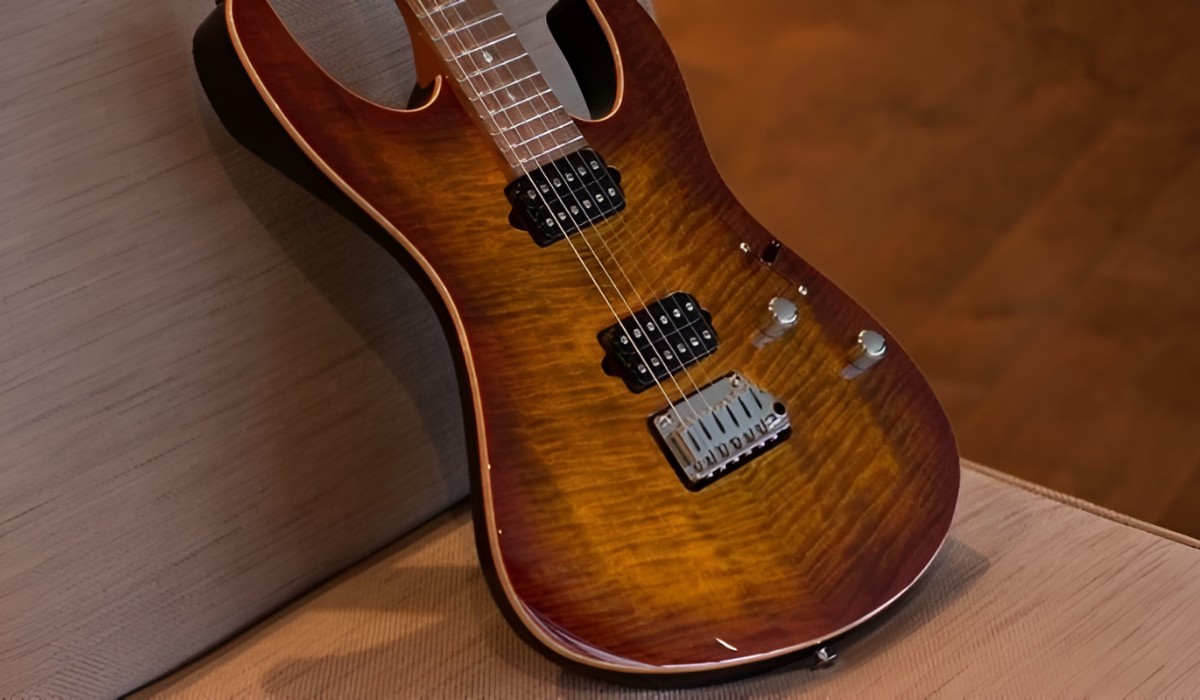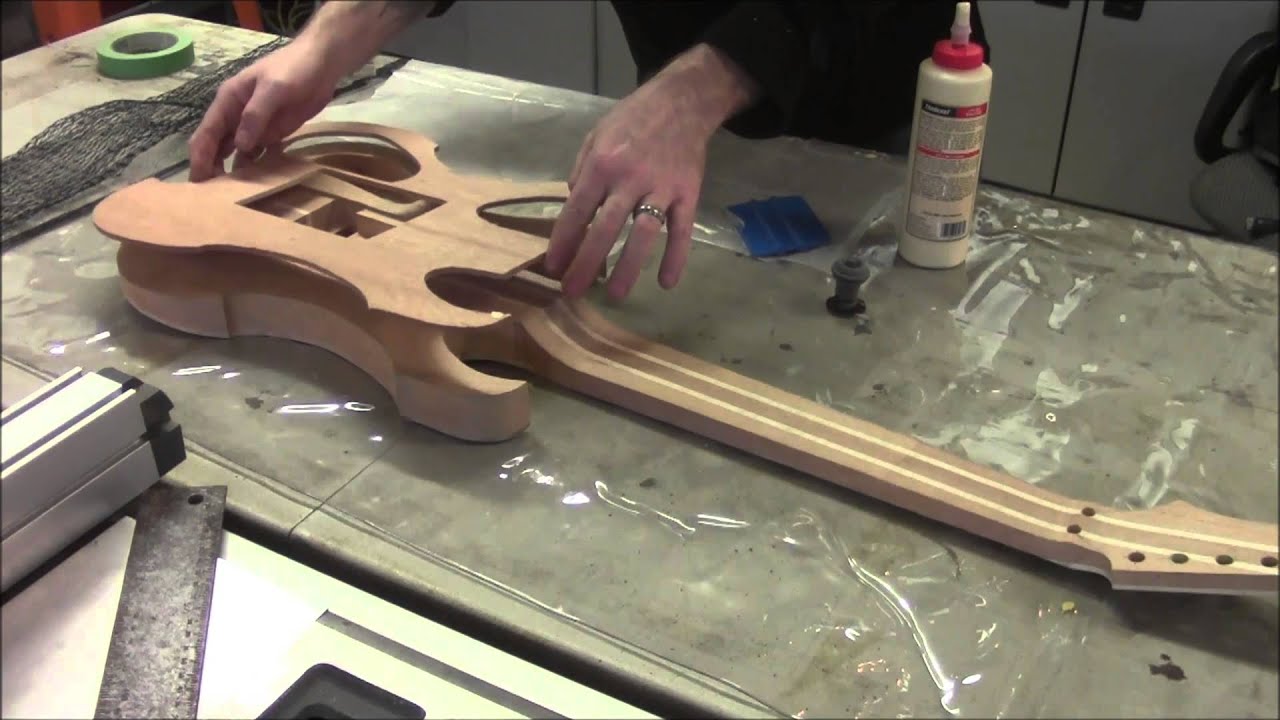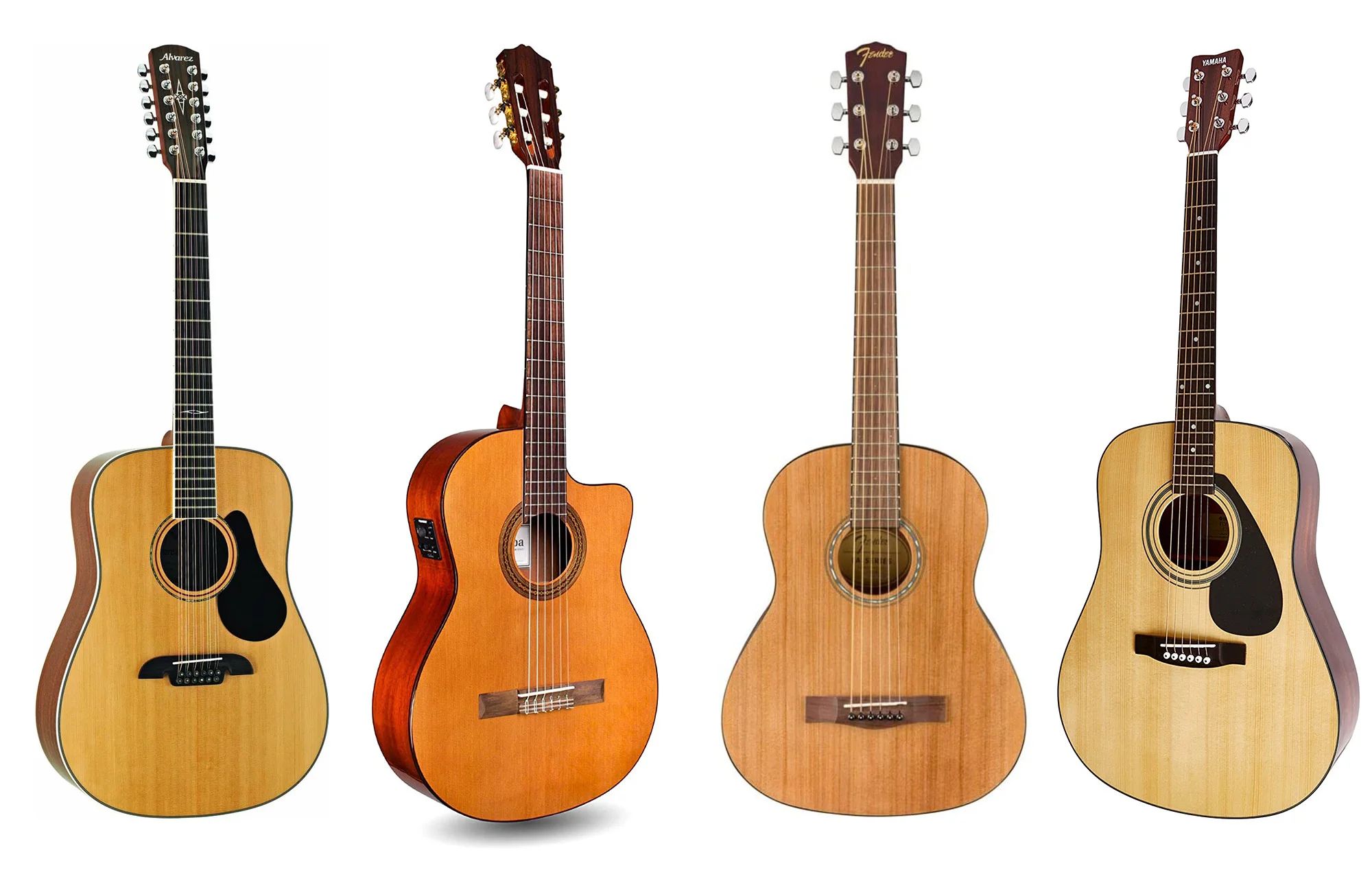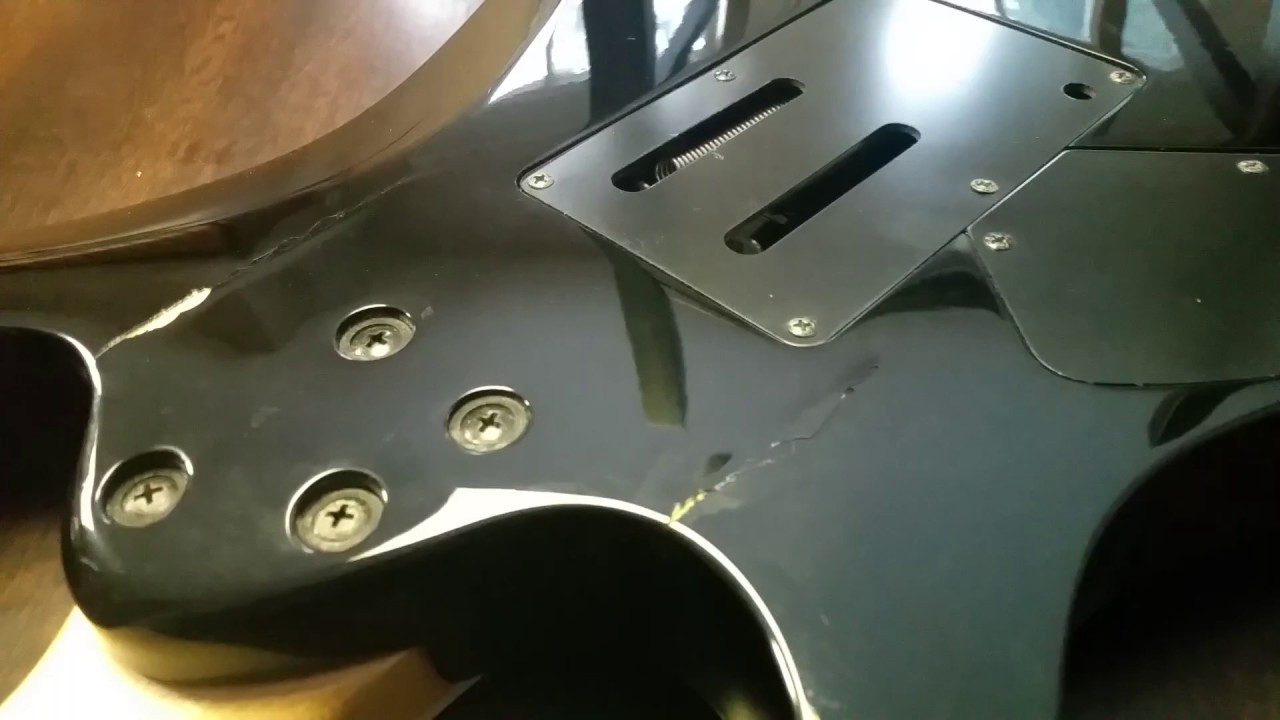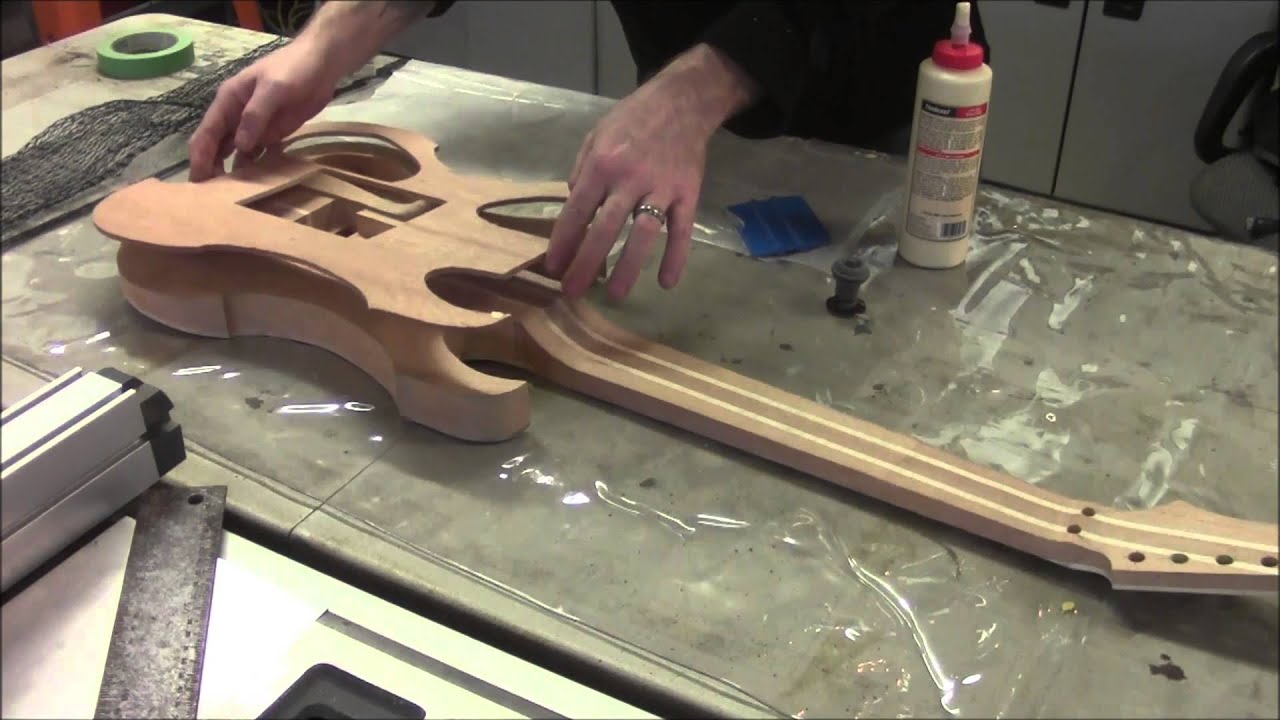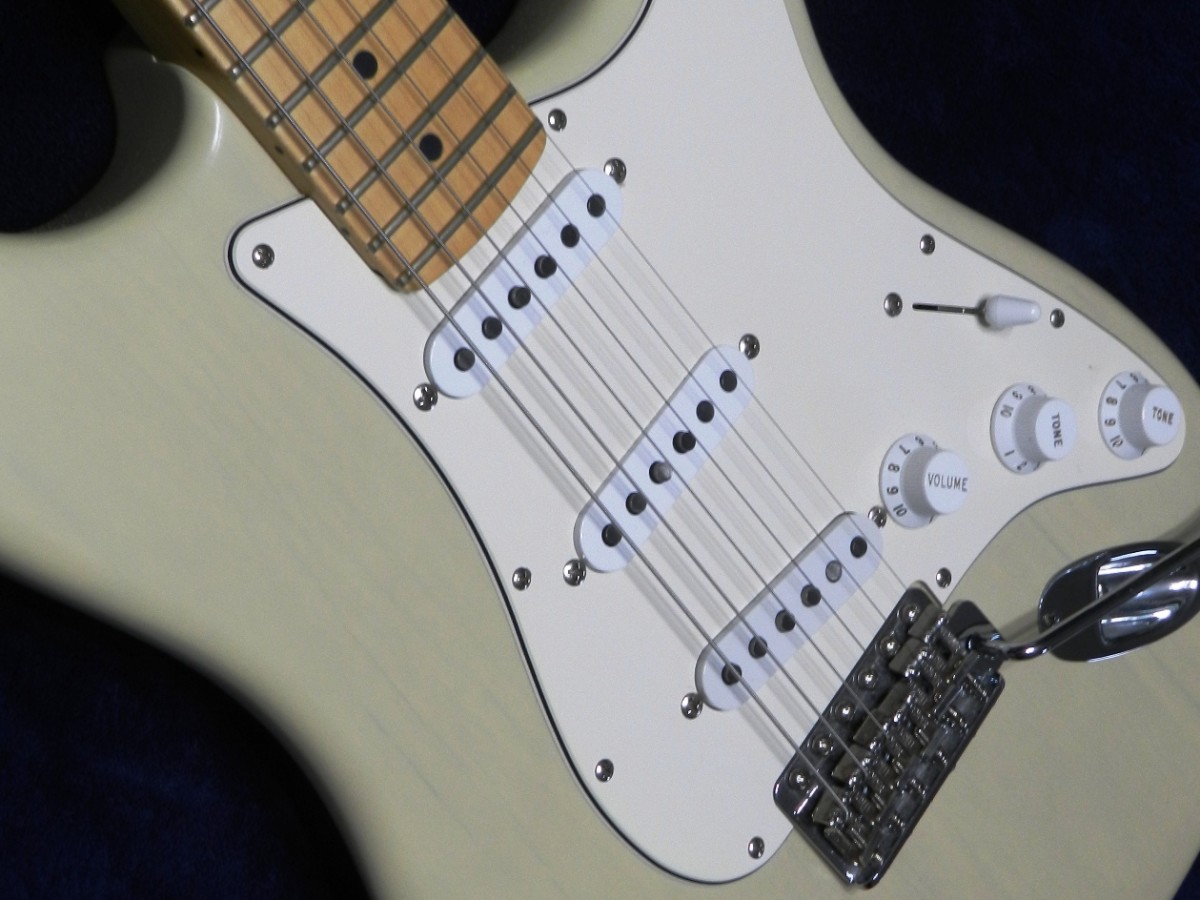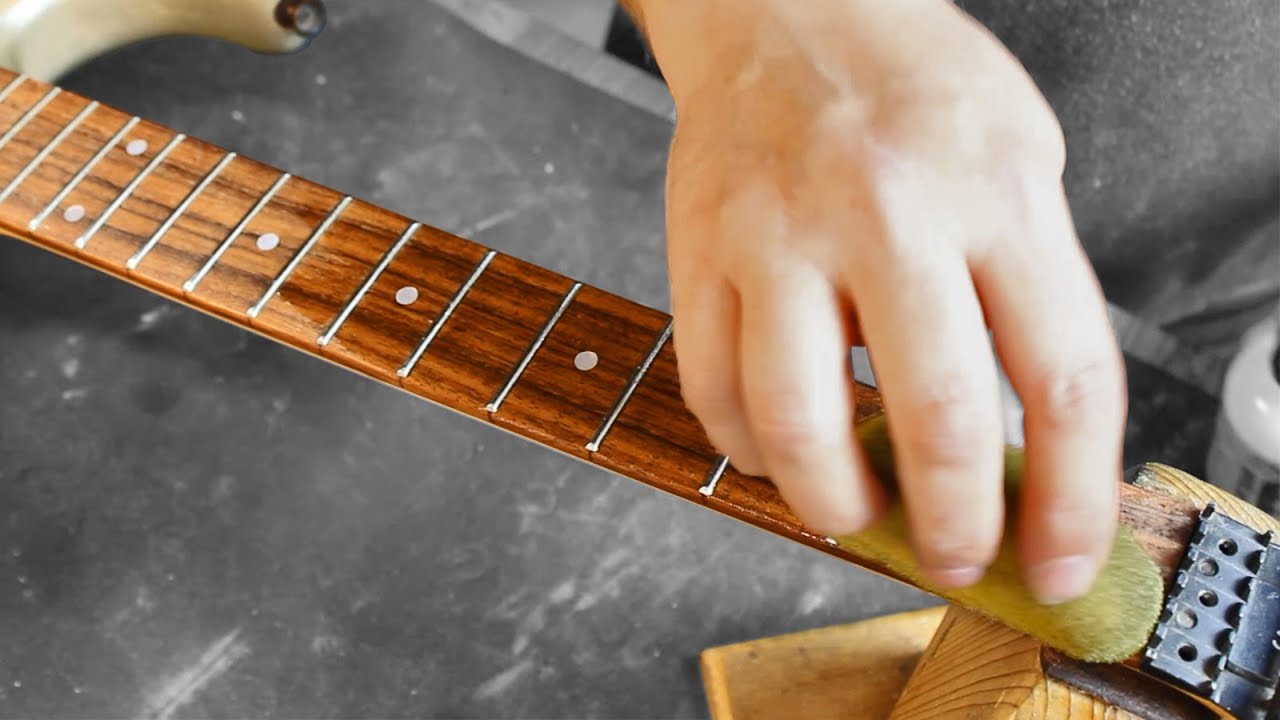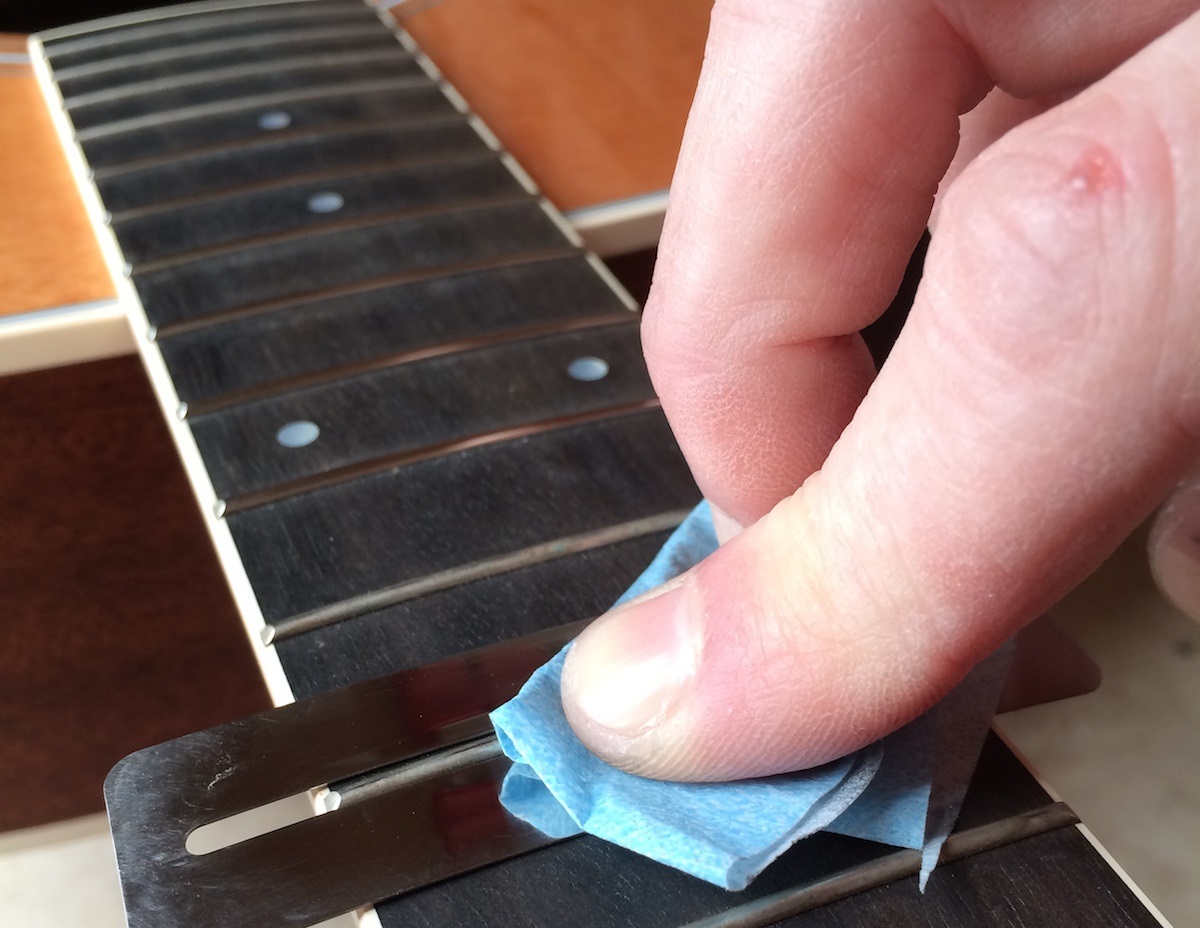Introduction
When it comes to crafting electric guitars, selecting the right wood for the body is a critical decision that greatly influences the instrument's tone, resonance, and overall character. Each type of wood offers distinct sonic properties and aesthetic appeal, making the choice a pivotal aspect of guitar design. Understanding the characteristics of various woods empowers luthiers and guitar enthusiasts to make informed decisions based on their tonal preferences and playing styles.
The body wood significantly contributes to the guitar's tonal spectrum, sustain, and resonance. Factors such as density, grain pattern, and inherent tonal qualities play a pivotal role in shaping the instrument's sound. Moreover, the visual allure and natural grain of the wood contribute to the guitar's aesthetic appeal, making it a multifaceted consideration in the construction process.
In this comprehensive guide, we will delve into the characteristics of several prominent woods commonly used for electric guitar bodies. From the bright and resonant tones of alder to the warm and rich sound of mahogany, each wood type possesses unique sonic attributes that cater to diverse musical genres and playing preferences. By exploring the distinctive qualities of alder, ash, mahogany, maple, and basswood, we aim to provide valuable insights to aid in the selection of the ideal wood for an electric guitar body. Let's embark on this journey to unravel the captivating world of tonewoods and their profound impact on the sonic identity of electric guitars.
Alder Wood
Alder is a popular choice for electric guitar bodies, renowned for its balanced and resonant tonal characteristics. This lightweight wood, often found in Fender Stratocasters, delivers a pronounced midrange with clear, articulate highs and a tight low end. Its inherent tonal balance makes it suitable for a wide range of musical styles, from blues and rock to country and funk.
Known for its easy workability and ability to take finishes exceptionally well, alder is favored by luthiers for its versatility and aesthetic appeal. Its straight, uniform grain pattern allows for stunning finishes, making it an ideal canvas for vibrant colors and translucent stains. Additionally, alder’s lightweight nature contributes to the overall comfort of the instrument, ensuring extended playing sessions without unnecessary strain on the musician.
From a tonal perspective, alder imparts a lively and dynamic response, offering a touch-sensitive playing experience with a well-defined attack. Its resonance and sustain are noteworthy, providing a lively and expressive tone that complements various pickup configurations. Whether paired with single-coil or humbucking pickups, alder-bodied guitars exhibit a balanced tonal spectrum that is both articulate and sonically versatile.
In summary, alder stands as a go-to choice for guitarists seeking a well-rounded tonal palette with a pronounced midrange, clear highs, and a tight low end. Its lightweight nature, workability, and aesthetic appeal further solidify its status as a top contender for electric guitar bodies, making it a perennial favorite among musicians and luthiers alike.
Ash Wood
Ash wood has long been revered for its exceptional resonance and pronounced sustain, making it a favored choice for electric guitar bodies. Renowned for its distinct grain patterns and striking visual appeal, ash imparts a bright and resonant tonal character with well-defined lows, sparkling highs, and a pronounced midrange. This tonal profile makes ash an ideal candidate for genres requiring clarity, punch, and articulation, such as country, blues, and classic rock.
There are two primary types of ash used in guitar construction: northern hard ash and southern swamp ash. Northern hard ash, known for its dense and pronounced grain patterns, offers a bright and punchy tonal character with enhanced sustain. In contrast, southern swamp ash, with its lighter weight and wider grain, delivers a balanced and resonant tonal profile with a touch of warmth. Both varieties, however, share the common trait of imparting a lively and responsive sonic signature to the instrument.
One of ash’s distinctive attributes is its ability to accentuate the natural characteristics of the guitar’s pickups, allowing for the faithful reproduction of the instrument’s tonal nuances. Whether equipped with single-coil or humbucking pickups, an ash-bodied guitar exhibits a dynamic and articulate sonic response, capturing the subtleties of the player’s technique with remarkable clarity.
Beyond its tonal prowess, ash is celebrated for its captivating visual allure, often featuring prominent grain patterns and a pronounced figuring that adds a touch of elegance to the instrument’s appearance. The wood’s compatibility with a variety of finishes, from transparent stains that accentuate its natural grain to solid colors that exude modern sophistication, further enhances its appeal to discerning guitarists.
In essence, ash wood stands as a compelling choice for guitarists seeking a resonant and articulate tonal foundation with visually captivating grain patterns. Its ability to impart clarity, sustain, and sonic responsiveness makes it a preferred option for players who value a dynamic and expressive tonal palette in their electric guitars.
Mahogany Wood
Mahogany, renowned for its rich and warm tonal characteristics, has been a staple in the construction of electric guitar bodies for decades. This dense and resonant wood, often associated with classic Gibson instruments, imparts a lush and full-bodied sound with a pronounced emphasis on the midrange frequencies. Its inherent tonal warmth and depth make it an ideal choice for genres that demand a thick and expressive sonic foundation, such as blues, jazz, and rock.
One of mahogany’s defining attributes is its ability to enhance sustain, allowing notes to ring out with exceptional clarity and resonance. This quality contributes to the wood’s reputation for delivering a singing, piano-like sustain that adds a touch of elegance and sophistication to the instrument’s sonic character. Additionally, mahogany’s natural compression properties provide a smooth and even response across the tonal spectrum, resulting in a balanced and articulate sound with a touch of vintage allure.
From a playing perspective, mahogany-bodied guitars offer a comfortable and resonant playing experience, thanks to the wood’s medium weight and ergonomic feel. Its ability to resonate harmonically with the strings enhances the instrument’s overall responsiveness, allowing for expressive playing dynamics and nuanced tonal articulation.
Beyond its tonal prowess, mahogany boasts a visually striking appearance, often featuring captivating grain patterns and rich, reddish-brown hues that exude a sense of timeless elegance. Its compatibility with a variety of finishes, from transparent stains that accentuate its natural beauty to lustrous glosses that enhance its depth, further amplifies its visual appeal, making it a favored choice for discerning guitarists.
In summary, mahogany wood stands as a revered option for guitarists seeking a rich and expressive tonal foundation with a focus on warmth, sustain, and harmonic resonance. Its lush tonal characteristics and visual allure have solidified its status as a beloved tonewood in the realm of electric guitar construction, catering to players who value vintage-inspired sonic qualities and timeless aesthetic appeal.
Maple Wood
Maple, celebrated for its bright and articulate tonal properties, is a popular choice for electric guitar bodies, particularly in the construction of necks and tops. This dense and hard wood, known for its striking grain patterns and vibrant tonal character, imparts a crisp and well-defined sound with a pronounced emphasis on the upper midrange and treble frequencies. Its tonal clarity and snappy response make it an ideal option for genres that demand cutting presence and clarity, such as rock, metal, and fusion.
One of maple’s distinctive attributes is its ability to impart a pronounced attack and sustain, adding a touch of snap and bite to the instrument’s sonic profile. This quality contributes to the wood’s reputation for delivering a focused and punchy sound with enhanced note definition and articulation. Additionally, maple’s inherent brightness and tightness provide a lively and dynamic tonal foundation, making it well-suited for players seeking a responsive and assertive sonic character.
From a visual standpoint, maple boasts a captivating appearance, often featuring pronounced figuring and distinctive grain patterns that add a touch of elegance and sophistication to the instrument’s aesthetics. Its compatibility with a range of finishes, from translucent stains that showcase its natural grain to opaque colors that exude modern flair, further enhances its visual appeal, making it a favored choice for guitarists with discerning tastes.
Beyond its tonal and visual prowess, maple’s density and stability contribute to the instrument’s overall resonance and sustain, ensuring a lively and vibrant playing experience. Its ability to accentuate the upper frequencies and add clarity to the instrument’s sonic palette makes it an attractive option for players who prioritize articulation and note definition in their playing.
In essence, maple wood stands as a compelling choice for guitarists seeking a bright and articulate tonal foundation with visually captivating grain patterns. Its ability to impart clarity, attack, and sustain makes it a preferred option for players who value a focused and assertive sonic character in their electric guitars.
Basswood
Basswood, known for its lightweight and balanced tonal characteristics, has gained popularity as a favored wood choice for electric guitar bodies. This relatively soft wood, prized for its neutral tonal profile and easy workability, offers a versatile sonic foundation with a focus on midrange warmth and balanced resonance. Its tonal neutrality makes it suitable for a wide range of musical genres, from pop and alternative to metal and fusion.
One of basswood’s notable attributes is its ability to provide a well-balanced tonal spectrum, with a focus on midrange warmth and a smooth, even response across the frequency range. This quality makes it an ideal canvas for a variety of pickups, allowing for the faithful reproduction of the instrument’s tonal nuances without imparting coloration or excessive emphasis on specific frequencies.
From a playing perspective, basswood-bodied guitars offer a comfortable and lightweight playing experience, making them well-suited for extended playing sessions without unnecessary strain on the musician. The wood’s balanced tonal characteristics and inherent resonance contribute to a lively and responsive sonic signature, ensuring a dynamic and expressive playing experience across musical styles.
Basswood’s easy workability and compatibility with a range of finishes further enhance its appeal, allowing for a variety of visual treatments that accentuate its natural grain and color. Whether adorned with transparent stains that showcase its grain patterns or vibrant colors that exude modern flair, basswood offers luthiers and guitarists ample creative possibilities when it comes to customizing the instrument’s aesthetics.
In summary, basswood stands as a versatile and balanced option for guitarists seeking a neutral tonal foundation with an emphasis on midrange warmth and balanced resonance. Its lightweight nature, ease of workability, and tonal versatility make it a compelling choice for players who value a responsive and adaptable sonic palette in their electric guitars.
Conclusion
As we journeyed through the diverse landscape of tonewoods used in electric guitar construction, we uncovered a rich tapestry of sonic characteristics, visual allure, and playing dynamics that each wood imparts to the instrument. From the balanced resonance of alder to the bright articulation of maple, and the warmth of mahogany to the versatility of basswood, each wood type offers a unique sonic fingerprint that resonates with players across a myriad of musical genres.
It became evident that the tonal qualities, resonance, sustain, and visual appeal of the wood play a pivotal role in shaping the sonic identity and aesthetic allure of an electric guitar. The tonal nuances, responsiveness, and harmonic richness of each wood type cater to the diverse preferences and playing styles of musicians, allowing them to articulate their musical expressions with nuance and precision.
Furthermore, the visual allure and natural grain patterns of these tonewoods contribute to the instrument’s aesthetic appeal, adding a layer of elegance and sophistication to the overall design. Whether it’s the captivating figuring of ash, the vibrant grain of maple, or the rich hues of mahogany, the visual impact of the wood enhances the instrument’s allure and complements the player’s stage presence.
Ultimately, the choice of wood for an electric guitar body is a deeply personal decision, influenced by tonal preferences, playing style, and aesthetic sensibilities. Each wood type offers a distinct sonic palette and visual charm, inviting players to embark on a journey of sonic exploration and artistic expression.
As luthiers and guitar enthusiasts continue to push the boundaries of guitar design and tonal innovation, the diverse array of tonewoods serves as a testament to the enduring legacy of craftsmanship and creativity in the world of electric guitars. Whether it’s the timeless resonance of mahogany, the vibrant articulation of maple, or the balanced versatility of basswood, the tonal possibilities offered by these woods continue to inspire musicians and elevate the sonic landscape of the electric guitar.







